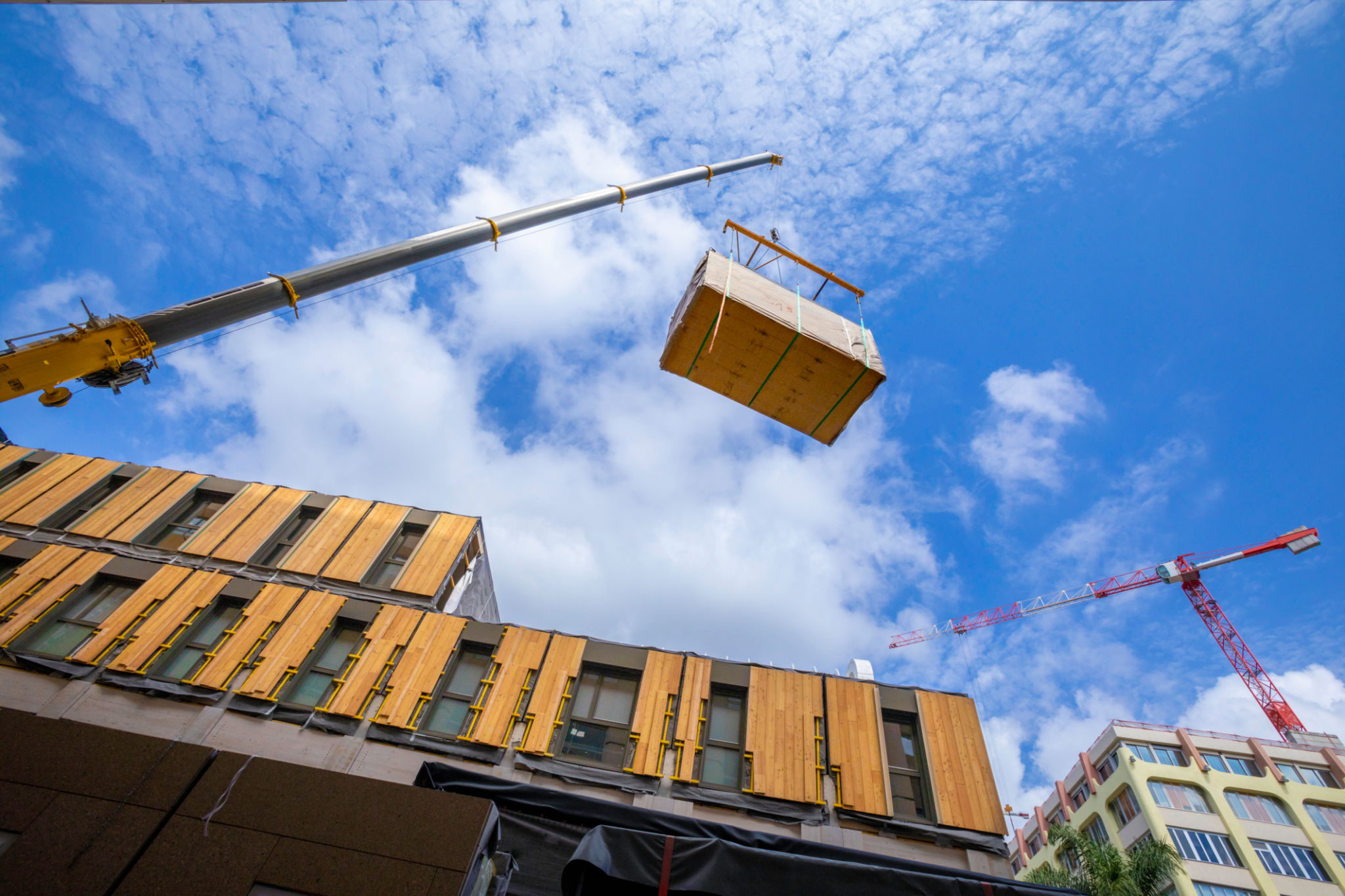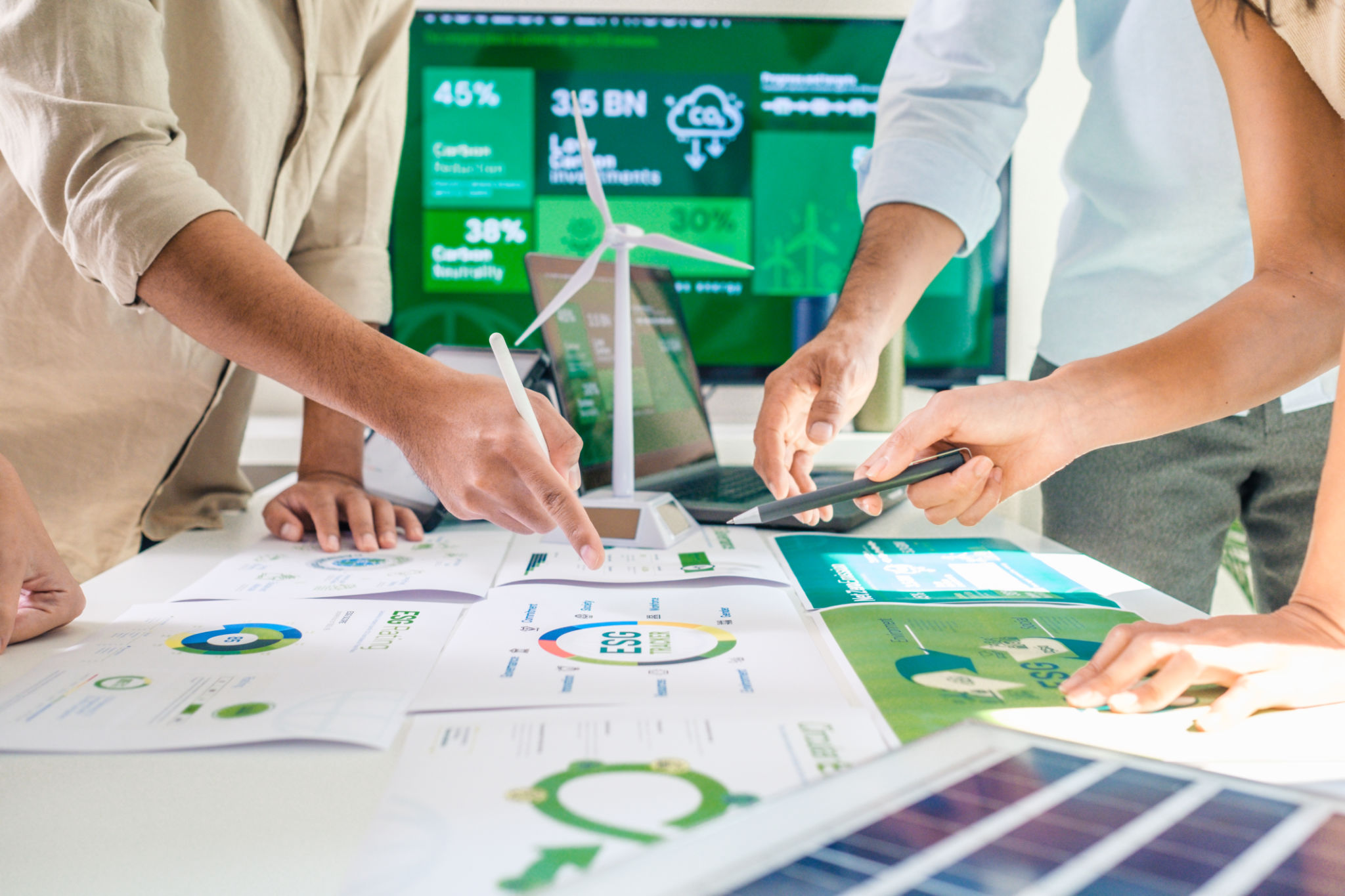Comprehensive Guide to Sustainable Construction Practices
Understanding Sustainable Construction
Sustainable construction is more than just a trend; it's a commitment to reducing the environmental impact of building processes and materials. By integrating eco-friendly practices, construction projects can significantly lower their carbon footprint. The goal of sustainable construction is to create energy-efficient, environmentally responsible, and resource-efficient buildings.

Key aspects of sustainable construction include using renewable resources, minimizing waste, and ensuring energy efficiency. By focusing on these areas, builders can contribute to a healthier planet while also reducing long-term costs. This approach not only benefits the environment but also enhances the quality of life for future generations.
Eco-Friendly Building Materials
The choice of building materials plays a crucial role in sustainable construction. Opting for materials that are renewable, recycled, or sourced locally can greatly reduce the environmental impact. Common sustainable materials include bamboo, recycled steel, and reclaimed wood. These materials not only reduce waste but also often require less energy to produce.

In addition to selecting sustainable materials, it's important to consider their durability and lifespan. Long-lasting materials reduce the need for frequent replacements, thereby conserving resources and reducing waste. This approach aligns with the principles of sustainability by emphasizing quality over quantity.
Energy Efficiency and Conservation
Energy efficiency is a cornerstone of sustainable construction. By designing buildings that use less energy for heating, cooling, and lighting, we can significantly reduce greenhouse gas emissions. Incorporating energy-efficient technologies such as solar panels, LED lighting, and high-performance insulation can lead to substantial energy savings.

Moreover, smart building systems that automatically adjust lighting and temperature based on occupancy can further enhance energy conservation. These technologies not only reduce energy consumption but also lower utility bills for occupants, making them financially beneficial in the long run.
Water Conservation Strategies
Water conservation is another critical aspect of sustainable construction. Implementing water-saving fixtures such as low-flow toilets and faucets can drastically reduce water usage. Additionally, rainwater harvesting systems can be employed to collect and reuse rainwater for landscaping or non-potable uses.

Landscaping with native plants that require minimal irrigation is another effective strategy. By using plants that are adapted to the local climate, water consumption can be minimized while maintaining an aesthetically pleasing environment.
Waste Reduction Techniques
Minimizing waste during construction is essential for sustainability. Implementing a comprehensive waste management plan can help reduce the amount of waste sent to landfills. This includes recycling materials like concrete, wood, and metal, as well as using prefabricated components that reduce onsite waste generation.
Furthermore, deconstruction and salvage practices can ensure that materials from demolished buildings are reused or recycled rather than discarded. By prioritizing waste reduction, construction projects can lessen their environmental impact while promoting resource conservation.
